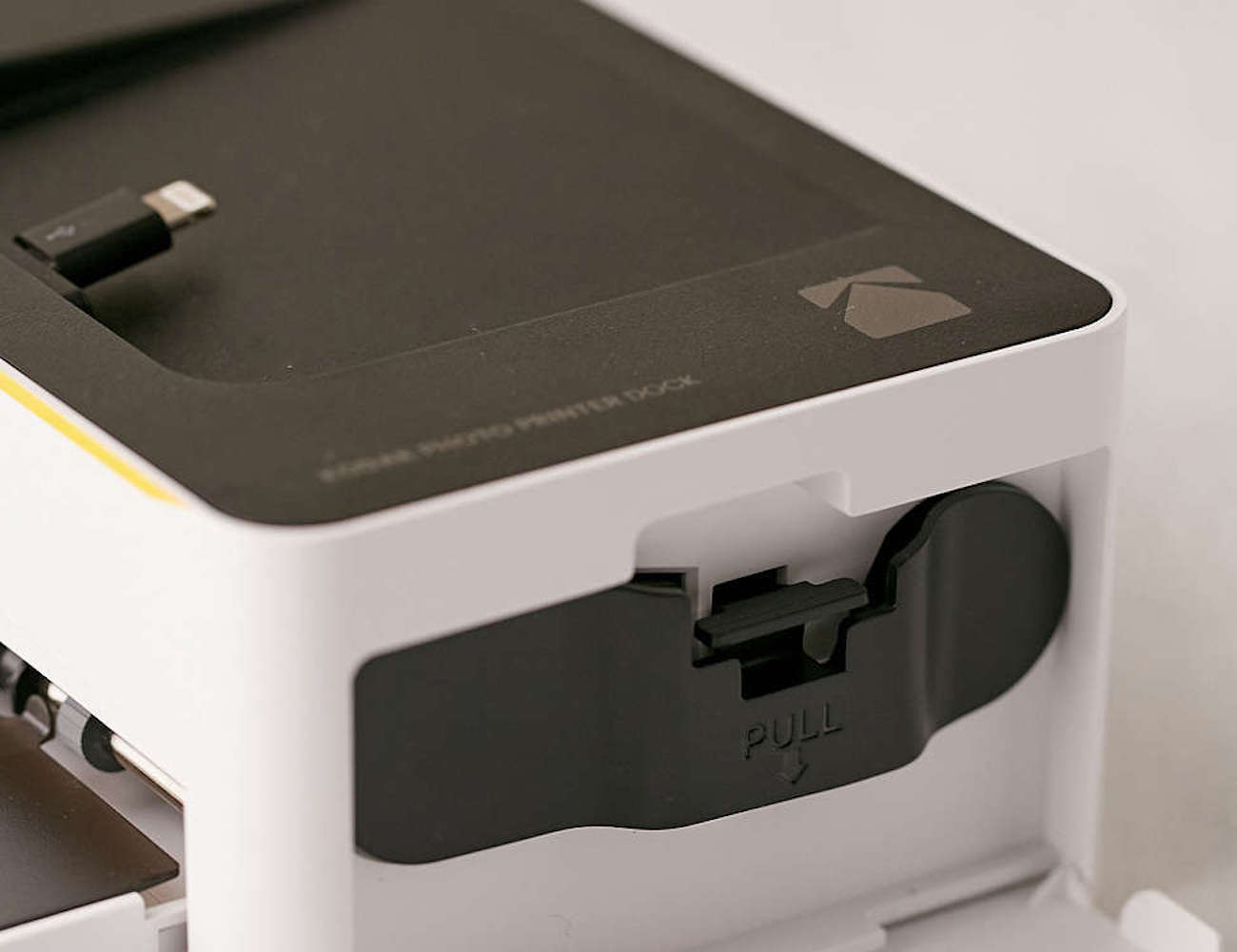

Some people add a few drops of "Photo Flow" to the mix (allows the solution to reach/flow deep into the grooves) as well as a mild detergent. If you use a vacuum/brush machine then that's fine, maybe do a second "rinse only" cycle if you have the patience?įor various formulas check out the vinyl and tweaker's forums Audio Asylum. I have a gizmo (Groovmaster) that protects the label area of the LP during the cleaning/rinsing process and use a long bristled brush for the cleaning itself. I wonder about alcohal effecting plastsizers over time (though have experienced no noticable damage with some LP's that I still own and that were cleaned with various alcohal/water solutions over the past 30 years:-), so use only a 20/80 mixture, by volume (plus the alcohal is already diluted 91%) and then rinse the crap out of the LP with a Water-Pik and distilled water. Think that benzeine (not certain if this is the one, but it's something like this) can sometimes be a bi-product of the higher distillation technique. Otherwise, I'll just have to wait for a sunny day.Agree with Bob, but switched to 91% Isopropyl alcohal (available many drug/grocery stores for $1.50/Pt as it should not not contain toxins that are sometimes created during higher levels of distillation (such as is possible with the higher grade electrician'e alcohal that I used before). That will save the photoshop time of trying to get rid of these clouds. Once it arrives, I'll re-wash and scan these negatives. I think I'll just order a batch of the real stuff and give that a shot. Besides, if Kodak could just use cheap soap in a lower concentration, why wouldn't they? One commenter points out that if you used enough to work, it would leave a film on the, er, film. The problem is they recommend using such a tiny amount of detergent that it would be so diluted it wouldn't have any effect. The alternatives use some kind of detergent and sometimes glycerin. Photo-flo contains ethylene glycol, better known as anti-freeze.

What's the hack recipe? Well there is some contention out there. If you're cleaning tombstones, I might not be your best resource If you're only using it for cleaning negatives, you just want something that will help them dry quickly and without any water spots. So what if you don't want to buy it, or even have to wait for it to ship? It sounds like this is pretty basic stuff, is it possible to make it at home? Some people say you can get pretty close. Someone, whom I can only hope is a biologist, says that "a photo-flo solution prevents decomposed parasites from 'clumping' together when the host intestine and parasites have undergone some decomposition." I think I'll stick to my fields of expertise thank you very much. Other commenters take this to a whole new of CSI craziness. It also helps smooth out airbrushing water-based paints. They use it to clean windows, old records, even old family headstones. People use this stuff for all sorts of things. If you read the reviews, you'll start to think that this stuff is like WD-40. Since you don't want to try to polish the water spots off of negatives the way you would off a wine glass, photo-flo is a good choice. Photo-flo helps prevent the water spots by reducing the surface tension of the water and acting as a neutral detergent.
#Kodak photoflow free
Then, the film is hung to dry in a clean, dust free environment. You add it to the final rinse, when you're rinsing off the 'fix' solution from your film.

What does Photo-Flo do exactly? It has a few functions, but the simplest explanation is it helps reduce water spots on the negatives. I read that it was optional, so I opted-out. But, I skipped using Photo-Flo in the final rinse. To process the Ilford 3200 black and white film I shot, I used the correct developer, stop, and fix. They have a great shopping cart flow and online shopping experience, but that's another post. To begin, I ordered all my chemicals, tank and reels from B&H Photo. I'd say I got it 98% correct on the first go. When I developed this roll of film in my basement, it was my first ever attempt. Clouds on the negative from not using photo-flo.


 0 kommentar(er)
0 kommentar(er)
